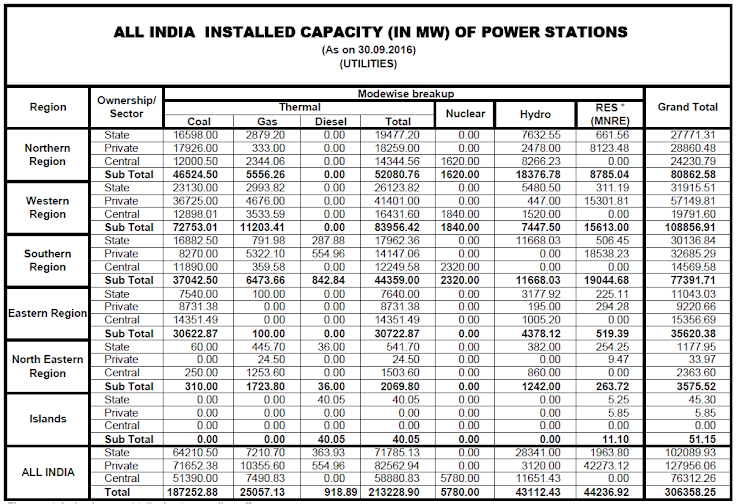“It is the economy stupid” said Bill Clinton. How true. If there is one message that the political elite should distill from the economic and financial crisis that is currently roiling liberal democracies around the world, it is that short-sighted and self-interested politics cannot ride roughshod over the remorseless logic of the market. The eurozone crisis has already put paid to four governments in Greece, Ireland, Italy and Spain. The reason Barack Obama may still survive into a second term is because the Republicans appear more intent on undermining their most credible candidate Mitt Romney rather than coalescing to exploit the huge cracks that have appeared in the US economy. The UK finance minister has just announced a budget that heralds a ‘lost decade’ of economic growth and the conservative Lib Dem coalition is writhing with tension. This message needs to be internalised by our own leadership. With economic growth slipping below 7%, with inflation in double digits, with high interest rates and a depreciating currency, they should be casting their gaze beyond their political navel to economic management. Else, they too will find their fortunes upended at the next elections.
What then might one ask should be their economic priorities? Clearly there is no one answer. Politicians, especially when advised by economists, have a penchant for ploughing their own constituency-based furrow. There will, therefore, be as many answers as there are respondents. But it would be a surprise if a majority did not list energy (along with water and food) on their agenda. This is because everyone knows that the spin and direction of the current spiral of energy scarcity and inefficiency will have to be slowed and reversed if the Indian economy is to stay on the growth turnpike.
The underlying reason why energy security for India is a fast-fading aspiration is because the price of energy is misaligned from the market. It is a distortionary price mechanism driven by politics and institutional, vested interests rather than economic logic. It is why the gap between energy demand and supply has widened, why the balance sheets of our energy PSUs have eroded while adulteration, blackmarketing and waste have run rampant.
Three decades back, for instance, India imported 25% of its crude oil requirements. Today it imports 80% and the Planning Commission has estimated that, due to slack production and increased consumption, this import dependency will increase to 87% by 2016-2017. We have huge reserves of coal but still the Planning Commission is projecting that by the end of the 12th plan we will import approximately 250 million tonnes of coal. This, of course, only if the commensurate import and distribution infrastructure have been put in place. T he energy companies are in dire financial straits. IOC, BPCL and HPCL—the three oil marketing companies—will, for example, “underrecover” (a euphemism for loss) around R130,000 crores in FY 2011-12 because of the political diktat that they sell diesel, kerosene and LPG at prices below cost. These companies were once almost debt free but today they have bank borrowings in excess of R100,000 crores. The interest burden wipes out the bulk of their operating margin. Many more facts could be cited to illustrate the deepening energy crisis. Our political elite is, of course, aware of the problem but their hope must be that it will not explode on their watch. This must have been the hope of the Greek politicians as they fudged their accounts and accumulated debts before the economy hit the skids and they were turfed from power, averaging approximately $250,000 for every working Greek.
So what is to be done? It would be naive to suggest that prices should be wholly market-determined. The din and furore surrounding the current debate on retail FDI would be a pipsqueak compared to the outcry that would ensue.
But the needle of change does not have to be pushed full circle. Incremental shifts in the right direction can also generate billions in value and pull the energy sector back from the brink. For instance, as everyone knows, kerosene subsidies do not reach the poor but get sequestered by the middlemen who then trade them on the black market. There is a proposal to discontinue these subsidies and to transfer the released funds for disbursement directly by the state governments. This could be expedited. There is a suggestion that subsidised LPG cylinders should be rationed, especially to those in higher income brackets. This could also be fast-forwarded. There is an idea that of the two grades of diesel currently sold in the country (BSiii & BSiv), the higher grade (BSiv), which accounts for around 15% of total diesel consumption and which is used inter alia by those who drive SUVs, should be partially deregulated. Similar incremental proposals have been put forward for rationalising coal and gas prices—all with the objective of mitigating the costs of the disconnect between a market determined and an administered pricing structure.
None of these proposals are without flaws or easy to implement. The kerosene dealers and distributors would fight change tooth and nail; the state governments might find it practically infeasible to make direct disbursements and dual pricing of commodities will inevitably encourage diversion and adulteration. But the ideal must not be allowed to trump the positive. Doing something can often be better than doing nothing. The essential point is that in our connected world the market will ultimately assert itself, and that if energy pricing continues to run counter to this force the economy will sooner rather than later slip into reverse gear. And at that point the Clintonian comment may well define our politicians’ epitaph.




